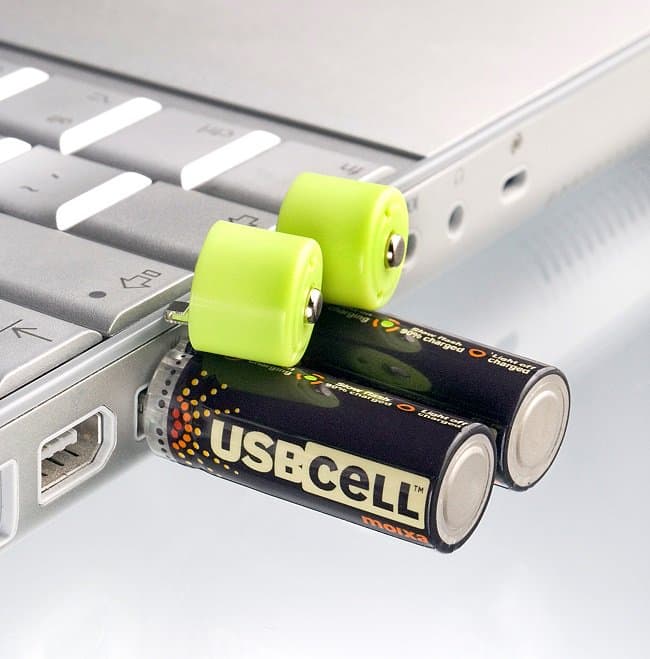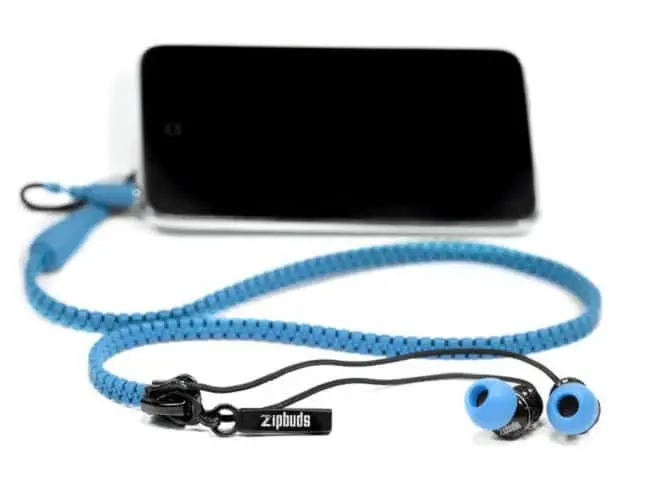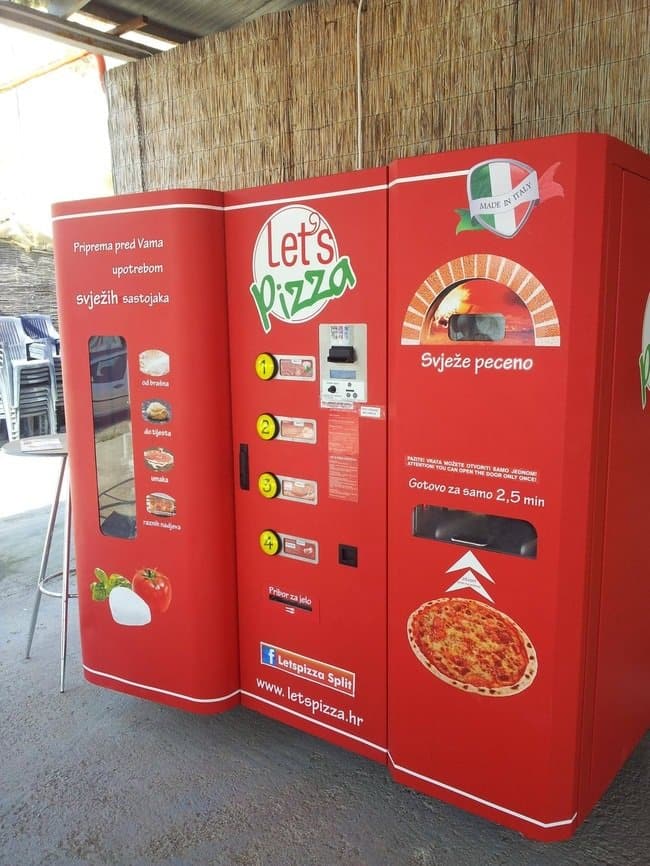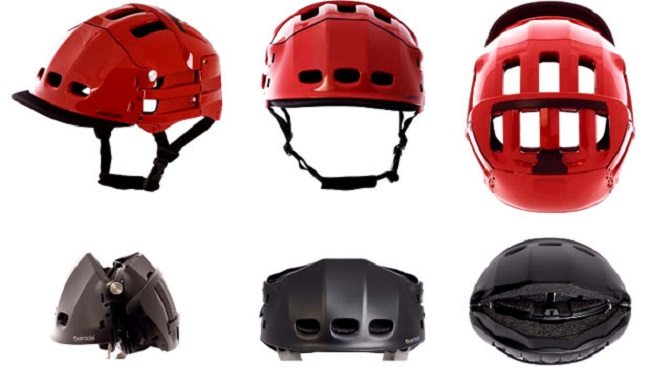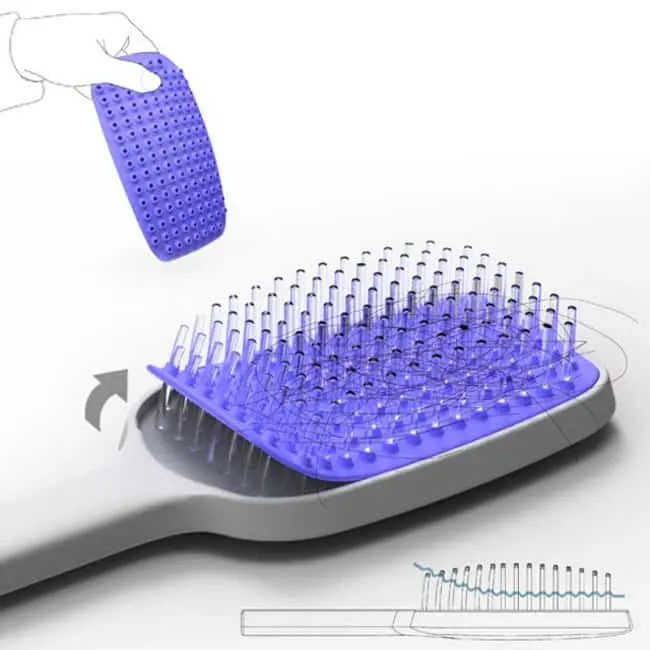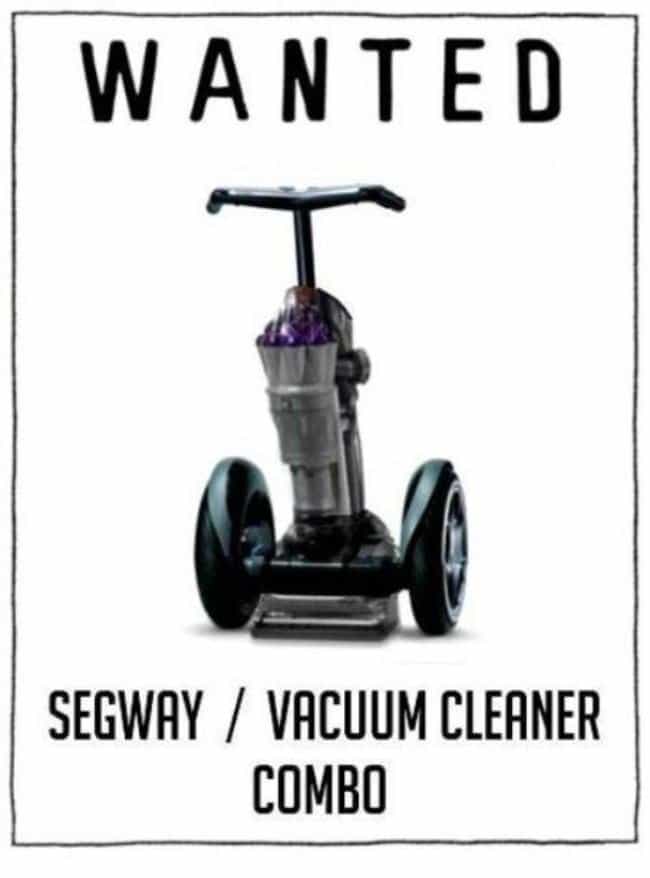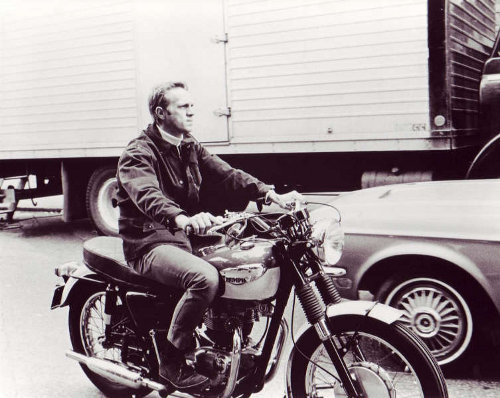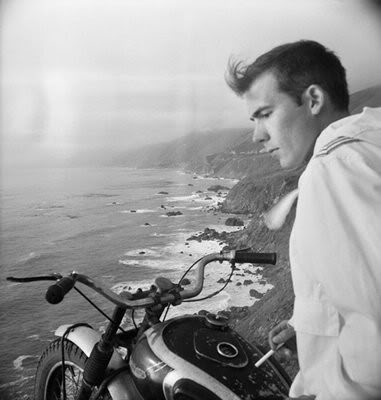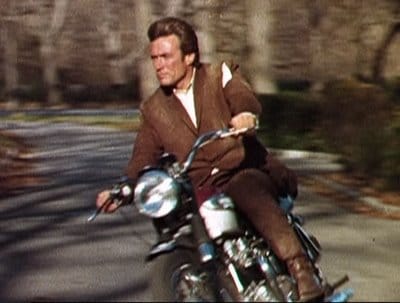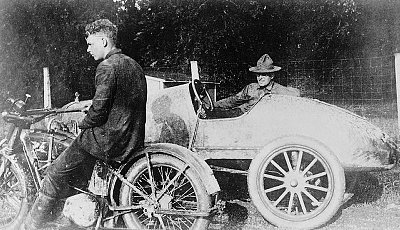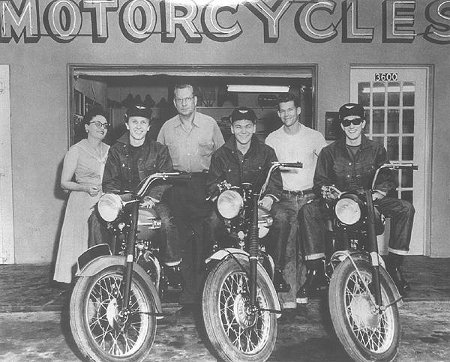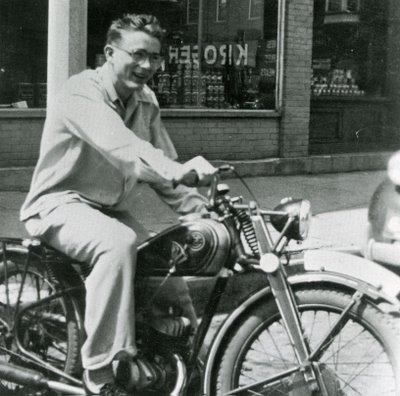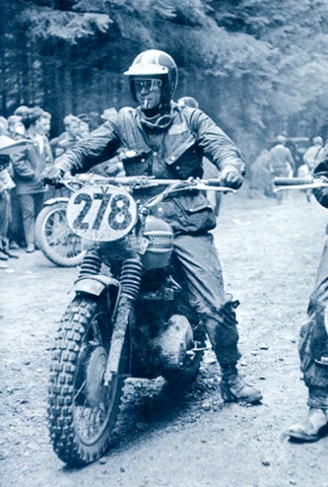| 
Brand X Pictures/Getty Synapses are crucial to the communication between neurons, but the events that happen there have been difficult to capture. Kiss-and-run sounds like a schoolyard prank, but it is also the informal name for one of four vigorously debated hypotheses about what happens in neurons in the brain before and after they transmit signals to one another at the cell-to-cell junctions called synapses. There are myriad ways in which this delicate messaging can be upset. Drugs such as cocaine or methamphetamine increase the release of the neurotransmitter dopamine, for example. Disorders such as Parkinson's disease involve damage or destruction of the neurons that release dopamine. And depression is linked to altered levels of neurotransmitters such as dopamine and serotonin. A better understanding of synaptic events is crucial to fighting a wide range of disorders, from drug addiction to mental illnesses — to say nothing of forging a better understanding of the brain. Scientists particularly want to see how the neurotransmitters travel within the synapse and how they are launched on their journey to the neuron on the other side. Investigators agree on the basics. A neuron packages its neurotransmitters inside vesicles, which are bubble-like entities around 50 nanometres in diameter. Vesicles are not unique to neurons — they shuttle molecules around in many of the body's cells. But a single neuron can have hundreds of thousands of vesicles, and some even have a few million. Researchers also know how these vesicles are called into action. When a neuron is activated, it fires an electrical pulse down its axon: a long fibre that behaves something like an electrical cable. When the pulse reaches the axon's tips, where most of the synapses lie, the vesicles there respond by moving to the synaptic membrane, merging with it and releasing their neurotransmitters. These messenger molecules then migrate to the neighbouring neuron across a gap called the synaptic cleft. Much less clear is exactly what happens next. “It is hard to get people to agree on much,” says Silvio Rizzoli, a neurobiologist at the University Medical Center Göttingen in Germany. The vesicles must reform and refill with neurotransmitters very quickly, he says, otherwise the neurons would lose their ability to communicate and we would be paralysed in a matter of minutes. Working out how that happens has drawn researchers from a wide range of disciplines, from cellular and structural biology to physiology, physics and microscopy. “There is so much more to find out about how the single synapse operates,” says electrophysiologist Ege Kavalali of the University of Texas Southwestern Medical Center in Dallas. There are four major hypotheses. Kiss-and-run, in which the vesicle empties its cargo through a pore in the membrane, then retreats back into the neuron; full-collapse fusion, in which the vesicle melds with the membrane and a new one emerges with the help of a protein called clathrin; bulk endocytosis, in which numerous vesicles fuse with the membrane, which then forms a 'bleb', or bulge, that pinches off to form new vesicles; and ultrafast endocytosis, which is essentially a sped-up version of bulk endocytosis in which pinching off happens in milliseconds, rather than seconds (see 'Firing four'). 
Illustration by Claire Welsh/Nature; Sources: S. Rizzoli, E. Kavalali There is evidence to support each hypothesis — which might not be mutually exclusive — and they are the topic of much debate. Bulk endocytosis is the easiest to study, says Erik Jorgensen, a neuroscientist at the University of Utah in Salt Lake City. But full-collapse fusion is the one for which there is the most experimental support. Almost all the molecules involved in this process have been identified, says Rizzoli, although it is not yet clear how the clathrin-mediated process is regulated. And there are possible technical flaws in experiments that support the kiss-and-run hypothesis. “It has been named a biophysicist's fantasy by at least one very prominent synapse investigator,” Rizzoli says. Settling these differences is challenging — and each model may have a place. The number of molecules involved in the full-fusion process suggests that only around 10 of the vesicles at a synapse are releasing their cargo. Bulk endocytosis might be needed for the release of larger amounts of neurotransmitter. But it is not clear when larger numbers would be needed. Rizzoli's team looked at neurotransmitter release in locusts that had been eaten by frogs but quickly removed from the frog's stomach1. “Even under the extreme stress of being chased and eaten, the locust's synapses did not use more than 5 of their vesicles at one time,” he says. “So in an in vivo context, the protein numbers of the clathrin pathway are completely sufficient.” Tag trackers Imaging can help to prove or disprove these hypotheses — and each type has both advantages and disadvantages. Electron microscopy has high resolution, but can work only on dead cells that have been chemically fixed. Fluorescence microscopy can image live cells, but will pick up components only if they can fluoresce under a particular wavelength of light — the rest of the neuron will remain dark. Researchers have been trying to get around these limitations by using dyes and protein analysis and by combining microscopy techniques. Styryl dyes, for instance, can latch on to the membrane of the vesicle and thus help to image the vesicle as it travels in the neuron. But they also stick to dying and dead cells, which clutters up the data, says Kavalali. As cells die, the lipids are moved around and this 'lipid scrambling' can lead to fluorescence not connected to vesicles. Scientists have therefore tried to tweak the structure of the dyes so that they bind only to lipids in the vesicle membrane, with little success. Another approach is to genetically engineer the neuron's proteins to express tags that fluoresce under certain circumstances, creating 'reporter' molecules that can be used to trace what a vesicle is doing and where it is. SynaptopHluorin is a well-known reporter used in vesicles2. It fluoresces green with a change in pH, which happens when the vesicle releases the neurotransmitter. Another pH-sensitive probe is pHTomato3, which shines red when the pH rises. Technicolour glory The availability of probes that fluoresce in different colours lets scientists monitor multiple proteins in the vesicle and neuronal membrane. But there are challenges: it can be unclear whether the movement is coming from the vesicle or just the protein, says Kavalali. 
S. Rizzoli, Univ. Göttingen Medical Center Around 300,000 molecules can be active in a synapse, incorporating around 60 types of protein. To better understand synaptic dynamics, Rizzoli decided to identify the abundances and positions of neuronal proteins. He likens the pursuit to ecology research. A nineteenth-century scientist studying an area would note the plants, the deer that eat the plants and the tigers that hunt the deer. Understanding the ecosystem in depth requires more than just counting the plants, deer and tigers, says Rizzoli. Knowing their locations and interactions is important as well. Similarly, some proteins and their functions in the synapse are known, but until we map the organization of their mini-jungle we will not know how they all function together, he says. Around 20 years ago, Rizzoli's PhD adviser, physiologist William Betz, now at the University of Colorado in Aurora, developed dyes that can label living cells. But the cells needed to be chemically treated for the labels to identify the location of the proteins, and that made the dyes come off the membranes and get stuck elsewhere in the cell, resulting in poor quality images. To try to find something better, Rizzoli and his team tested every marker available, including lipid tags, protein-coupled labels and simple stains. Nothing worked, he says. So he set out to synthesize a better one. The result was membrane-binding fluorophore-cysteine-lysine-palmitoyl (mCLING)4. This marker clings to membranes and keeps clinging even after the neuron is treated with fixatives for imaging. In synapses, it labels mainly vesicles because there are few other membranes around, he says. Its chemical groups react more efficiently with fixatives than traditional probes and a long lipid tail anchors the probe in the membrane more strongly than the short tails of other commonly used probes. Using mCLING, Rizzoli can track individual vesicles and see the neuron's membrane fold inward and reform a vesicle after neurotransmitter release. Rizzoli has also scaled up his protein analysis. He and his team used data on protein types numbers and positions obtained from techniques such as staining, mass spectrometry, electron microscopy and super-resolution fluorescence microscopy (the technique responsible for this year's Nobel Prize in Chemistry), to build a three-dimensional computer model5 of an average synapse down to a resolution of 40 nm. Rizzoli's team looked at the abundances of 62 different proteins in the synapse. The amounts differ wildly; there are 27,000 copies of one protein, for example, and 50 of another. “Together, they all sum to about 300,000 proteins in the model of the average synapse,” he says. The researchers do not yet fully understand what they all do, but they hope that this grounding will set them on the right path. One thing Rizzoli can say, is that the role a protein has in synaptic vesicle trafficking correlates strongly with its abundance in the neuron. The proteins involved in fusing the synaptic vesicle with the neuronal membrane are up to three levels of magnitude more abundant than those involved in the recovery of vesicles from the membrane after fusion. This correlation can guide other researchers. A colleague recently contacted Rizzoli about a neuronal protein of unknown function. On the basis of its abundance, the pair concluded that it probably plays a part in the neuron's active zone, a region near the synaptic membrane where the neurotransmitter-filled vesicles wait to be called into action. But it is not plentiful enough to be involved in the retrieval of vesicle molecules, says Rizzoli, “which gives my colleague a nice place to start his experiments”. These data also suggest that scientists may have misstepped when they did experiments that involved boosting the expression of proteins. Such overexpression experiments “can be quite misleading”, says Kavalali. “You don't know if what you are seeing are the genuine properties of this protein.” More microscopy Rizzoli now wants to exceed the 40-nm resolution of his existing approach. He has been working for nearly a decade with physicist Stefan Hell at the University of Göttingen, who has invented a type of super-resolution microscopy called stimulated emission depletion (STED) and is one of the three 2014 Nobel laureates. Owing to a fundamental limit imposed by the physics of light waves and the aperture of the lenses, fluorescence microscopy cannot discern objects closer to one another than 200 nm, which is almost the size of the synapse. Super-resolution microscopy finds various ways around this limit. For instance, STED starts with a laser that switches on fluorescent molecules in a 200-nm spot. A second laser then turns off all the molecules at the spot's edges. “The stronger the second laser, the more molecules it turns off,” says Rizzoli, so the central area of fluorescence can be as small as 30 nm in a synapse. So, by scanning across a synapse one 30-nm region at a time, and measuring the fluorescence at each point, the STED system can build up an ultra-high-resolution image. “The procedure makes the initial blurry image far more clear,” says Rizzoli (see 'Peek inside'). 
B. Rammner, S. Rizzoli, Univ. Göttingen Medical Center Rizzoli is also exploring isotopic microscopy, in which an ion beam plays the part of a light source in a traditional microscope and mass spectrometry detectors act as cameras. The instrument reconstructs an image of the sample as the beam burns off a sample's surface one atomic layer at a time then measures the atoms leaving the sample. “The resolution along the vertical axis is close to atomic size,” he says. “So it really has some potential.” Flash and freeze Jorgensen is also harnessing the high resolution of electron microscopy to home in on synaptic dynamics. In work published last December on neurotransmitter release in mouse neurons6, he and his team showed that the neuronal membrane folds inwards 50–100 milliseconds after the neuron is stimulated. This work led to the newest hypothesis about synaptic dynamics, ultrafast endocytosis. It suggests that new vesicle form immediately after the vesicle fuses with the membrane and releases the neurotransmitters. For this work, Jorgensen and his team developed a technique nicknamed 'flash and freeze' electron microscopy. The researchers genetically engineer neurons so that a light beam causes the neuron to release neurotransmitters, then freeze different neurons at different time points between 15 milliseconds and 10 seconds after light stimulation and capture images of what is happening at the time. Jorgensen says that his device expands a technique used by researchers Thomas Reese and John Heuser, who did some of the first work on electron-microscopy-based synaptic imaging7. The pair developed a freeze slammer, in which neurons were stimulated then thrown against a metal block that had been cooled with liquid helium, freezing their molecules in place. Jorgensen and his team also freeze neurons, but using pressure rather than temperature, which has the advantage of leaving more of the specimen free of ice crystals. They also modified their electron-microscopy system, made by Leica Microsystems in Mannheim, Germany, to allow a path of light into the system's high-pressure freezers. Jorgensen says that they adapted the device out of necessity because “there is just no other way to look at fast events at the synapse”. Inspired by Jorgensen's idea, Leica is now building a light path into its new high-pressure freezers, known as EM HPM100, says Cveta Tomova, who manages electron-microscopy sample preparation products at Leica. The approach can help researchers to image cellular processes at millisecond and nanometre resolution and to avoid some issues with ice crystals, she says. The researchers can switch on a gene or process with light, then use high-pressure freezing to image the sample at that moment. Freeze-slamming is done at ambient pressure and allows thin samples to be frozen well up to a thickness of around 15 μm. High-pressure freezing means that researchers can avoid ice crystals down to around 200 μm under the surface. Jorgensen is now working to tie in super-resolution microscopy techniques such as nano-resolution fluorescence electron microscopy (nanofEM) and super correlative light and electron microscopy (super CLEM), which can achieve resolutions of 20 nm. This gets close to the dimensions of proteins, which are 5–10 nm in diameter. His goal is to connect the ability to determine the location of proteins with the 1-nm resolution of electron microscopy. “We would then be able to characterize the molecular topography of the synapse,” he says. In his most recent work8, also using flash-and-freeze electron microscopy, he and his team show how some of the hypotheses about synaptic dynamics might be linked. Using a technique called RNAi, in which small synthetic RNA molecules bind to — and block — the messenger RNAs that carry instructions for making proteins, they showed that the clathrin protein is an important component of ultrafast endocytosis, too. They also found that after neurotransmitter release, the bleb in the neuron's membrane separates completely to form what is known as an endosome. Synaptic vesicles then bud off from this endosome, rather than directly from the neuron's membrane. Rizzoli calls the new finding “bulk endocytosis on steroids”. What neuroscientists need, says Kavalali, is high-resolution images of living neurons stimulated to release neurotransmitters. He thinks highly of flash-and-freeze electron microscopy and has high hopes for super-resolution microscopy. These techniques will help researchers to map the synapse and track the events that occur before, during and after neurotransmitter release, and perhaps even to determine which hypothesis is the most accurate. source of this article . www.nature.com
| 
















